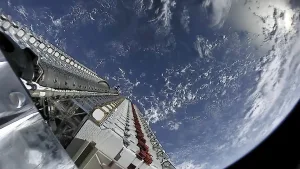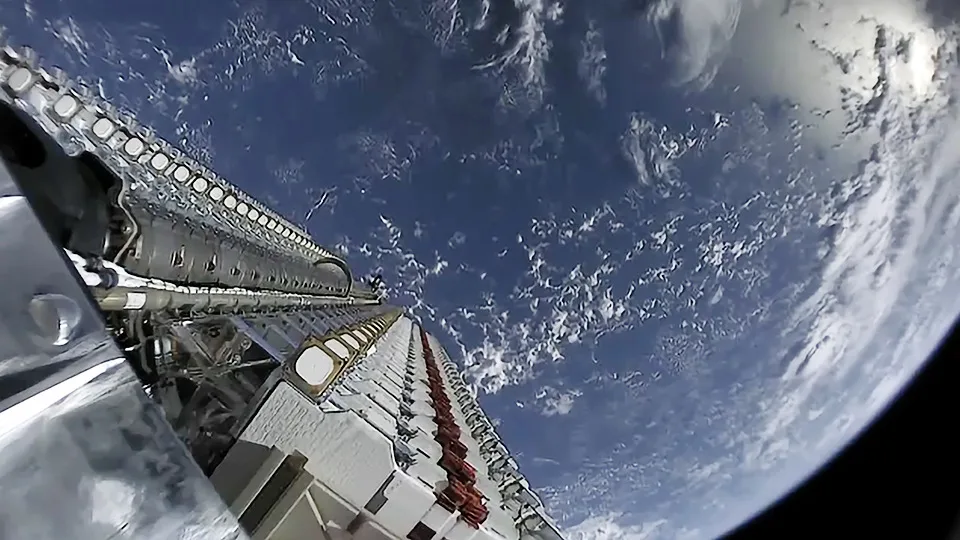What is Starlink? Revolutionizing Global Internet Connectivity
Starlink represents a groundbreaking shift in how we think about internet connectivity, poised to revolutionize access across the globe. Launched by SpaceX, the aerospace manufacturer and space transport services company founded by Elon Musk, Starlink’s mission is to provide high-speed, low-latency broadband internet in locations where access has been unreliable, expensive, or completely unavailable.
The Technology Behind Starlink
At the heart of Starlink’s innovation is its constellation of low Earth orbit (LEO) satellites. Unlike traditional satellite internet that relies on a handful of satellites positioned in geostationary orbit far from Earth, Starlink’s network consists of thousands of satellites orbiting much closer to the planet. This proximity significantly reduces the data transmission time between the user and the satellite, known as latency, offering speeds that can rival or surpass traditional broadband services.
Key Features of Starlink:
- Low Latency: By operating in low Earth orbit, Starlink reduces latency to as low as 20-40 milliseconds, comparable to or better than ground-based broadband, making it viable for gaming, video calls, and other real-time applications.
- High-Speed Internet: Starlink provides download speeds ranging from 100 Mbps to 200 Mbps for individual users, with ongoing improvements as more satellites are launched and the network’s technology evolves.
- Global Coverage: Starlink aims to cover every corner of the globe, offering internet access to rural and remote areas previously left in the digital dark.
 How Starlink Works
How Starlink Works
To connect to the Starlink network, users require a Starlink Kit, which includes a satellite dish, a tripod, and a Wi-Fi router. The satellite dish, often referred to as “Dishy McFlatface,” automatically aligns itself with the Starlink satellites overhead. This simplicity of setup and use marks a significant departure from traditional satellite internet systems, which often require professional installation and alignment.
 The Impact of Starlink
The Impact of Starlink
Starlink’s potential impact is vast, with implications for numerous sectors:
- Rural and Remote Connectivity: Starlink can deliver fast internet to rural and remote locations, bridging the digital divide and opening up opportunities for education, telemedicine, and economic development.
- Disaster Recovery: In areas affected by natural disasters that disrupt traditional internet infrastructure, Starlink can quickly restore connectivity, aiding in recovery efforts.
- Global Broadband Competition: By offering a viable alternative to traditional broadband, Starlink is set to increase competition, which could drive improvements in service and pricing across the industry.
Challenges and Considerations
Despite its promise, Starlink faces challenges, including the cost of the service and equipment, which may be prohibitive for some users. Additionally, the growing number of satellites raises concerns about space traffic management and the impact on astronomical observations.
The Future of Starlink
As Starlink continues to expand its satellite constellation and refine its technology, its potential to transform global internet connectivity grows. With plans to launch tens of thousands of satellites, Starlink could become the most extensive satellite constellation, offering an unparalleled level of service and reshaping how the world connects to the internet.
Starlink represents not just a technological achievement but a hopeful vision for the future of global connectivity, promising to bring high-speed internet to every corner of the planet and unlock the full potential of the digital age for everyone.


